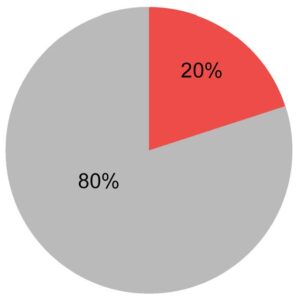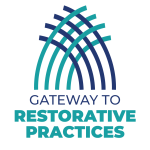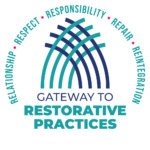Over the past nine years I’ve created over 40 one-hour workshops in addition to full-day trainings on restorative practices in schools. I’m an absolute research nerd. People don’t typically get their doctorate if they’re not. I’m cognizant of how many hours of research I do for a given topic and keep the end goal in mind. The research provides the foundation for the workshops or seminars.
Combining Research
Although I love the research, the fun part is synthesizing it and creating a workshop structure with engaging learning activities and strong practical application. I ensure that it is all based on adult learning theories that pull everything together. Many of the workshops I developed include various restorative circles because of the workshop’s content, but not all of them.
Recently I’ve been contemplating how foundational community building circles are to creating relationships between staff and students as well as student-to-student relationships. For some reason, it has been challenging to convince many educators of the value of using circles regularly to build relationships that strengthen connections on campus.
The 80/20 Circles Principle
Sometimes an educator becomes interested in doing circles but not until a behavior incident occurred. The problem with this is that it goes against a foundational principle and usually doesn’t work. Here’s a quote that explains why it doesn’t work.
“Eighty percent of circles should be proactive. That means using circles to be collaborative, to engage students and get their input and opinions on things.”1

Dealing with challenging behavior fits the 20% types of circles, such as problem-solving or re-integration circles after a student returns from a suspension. For 20% of circles to work, 80% of circles need to be proactive circles that foster building relationships, like community building and decision-making circles.
Circles Build Relationships
If circles provide the relationship building foundation, why didn’t I include some form of circles in every workshop? Sadly, I missed opportunities to impact those my colleagues and I are training. At this point, I can move forward and take action. I’m creating circles for my upcoming workshops that don’t currently include a circle component. You can read about what happens in my next blog post.
Sources:
- Costello, Bob, Joshua Wachtel & Ted Wachtel. Restorative Circles in Schools: Building Community and Enhancing Learning. International Institute for Restorative Practices. Bethlehem: Pennsylvania, 2010, p. 47.
- Image: The Pareto Principle [Flickr.com]

